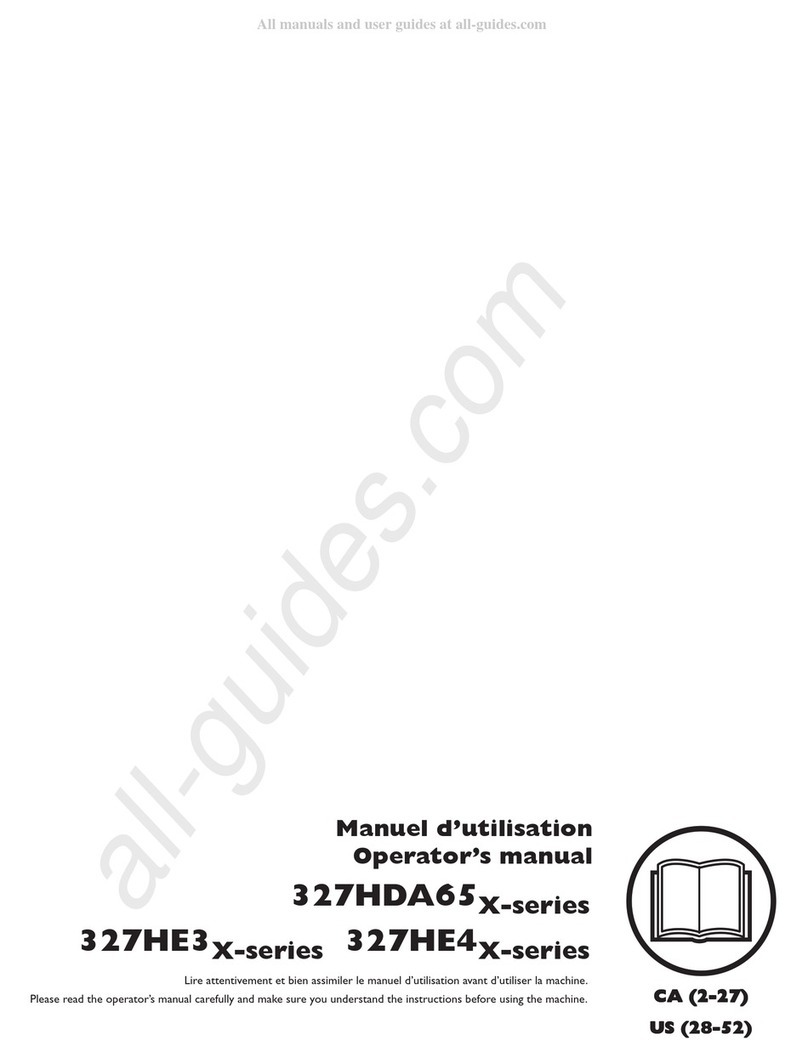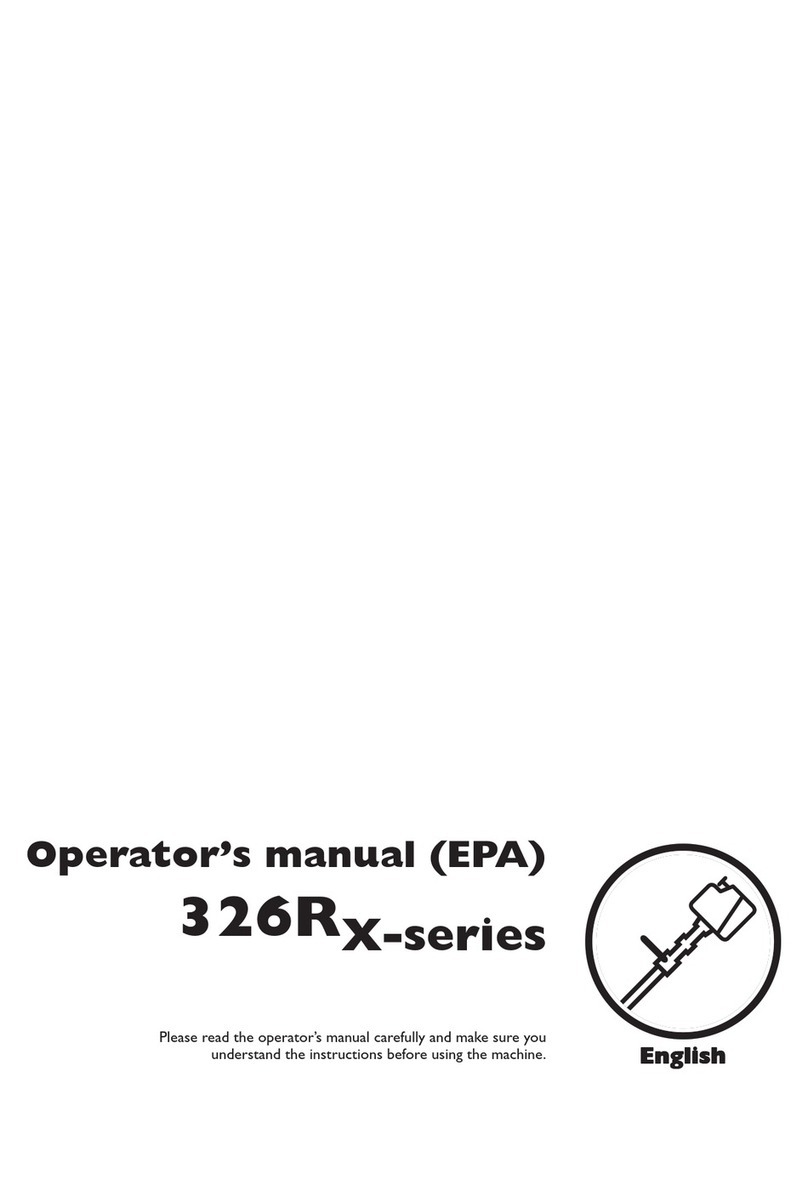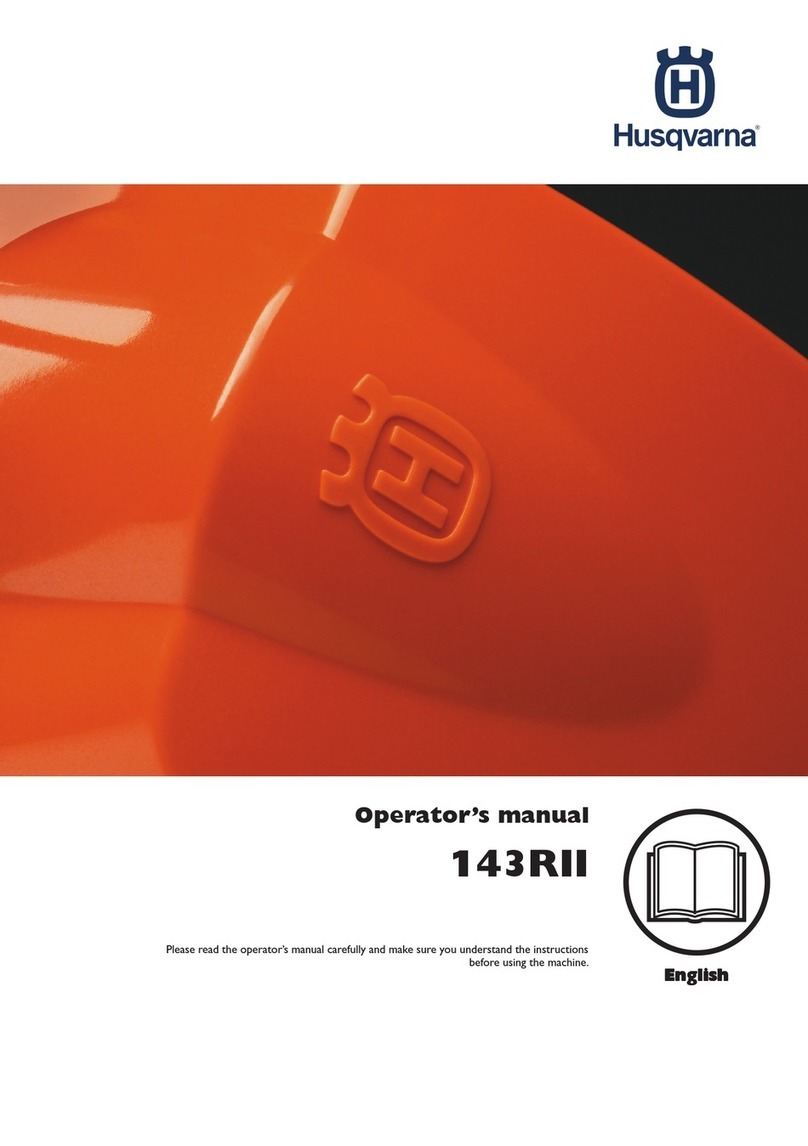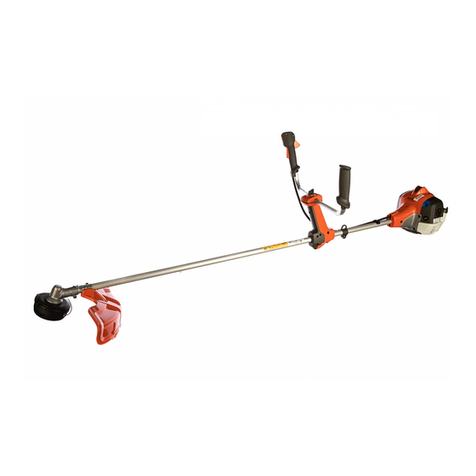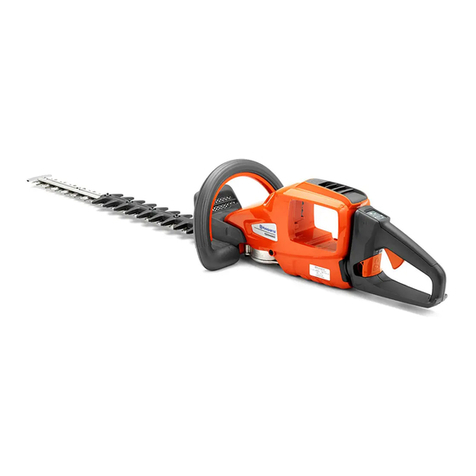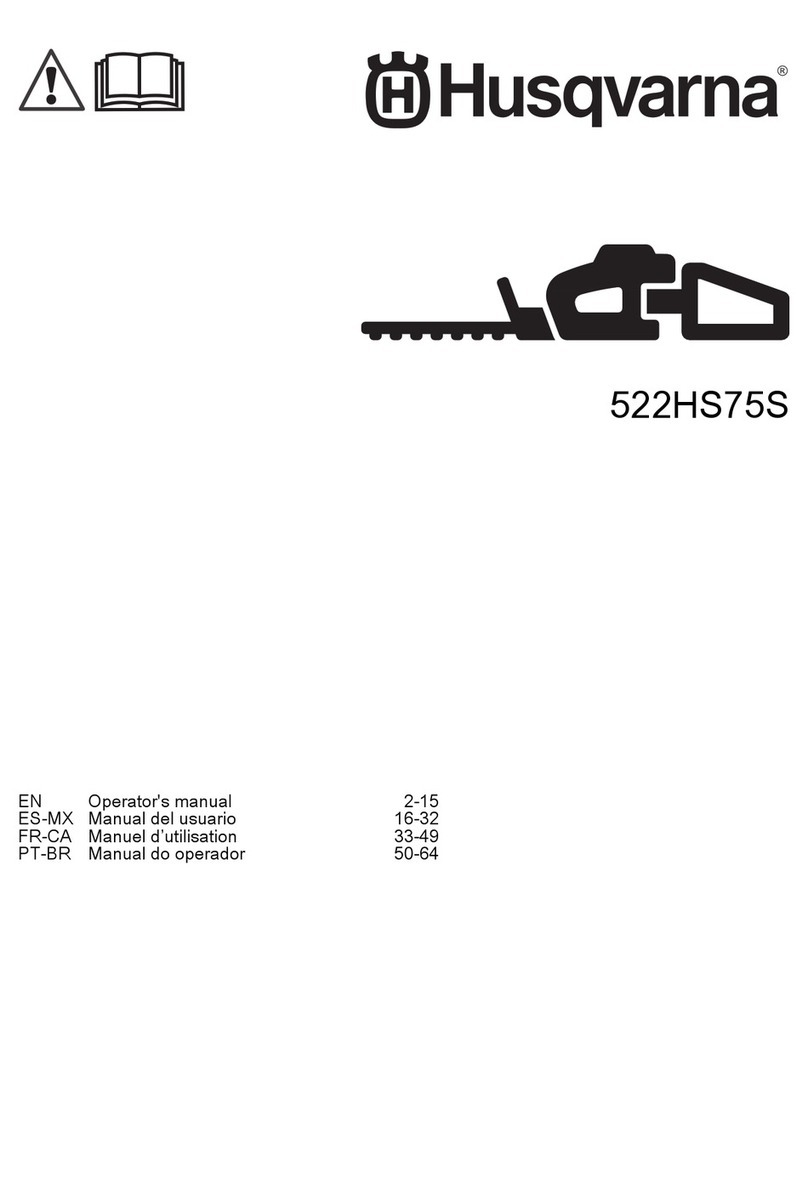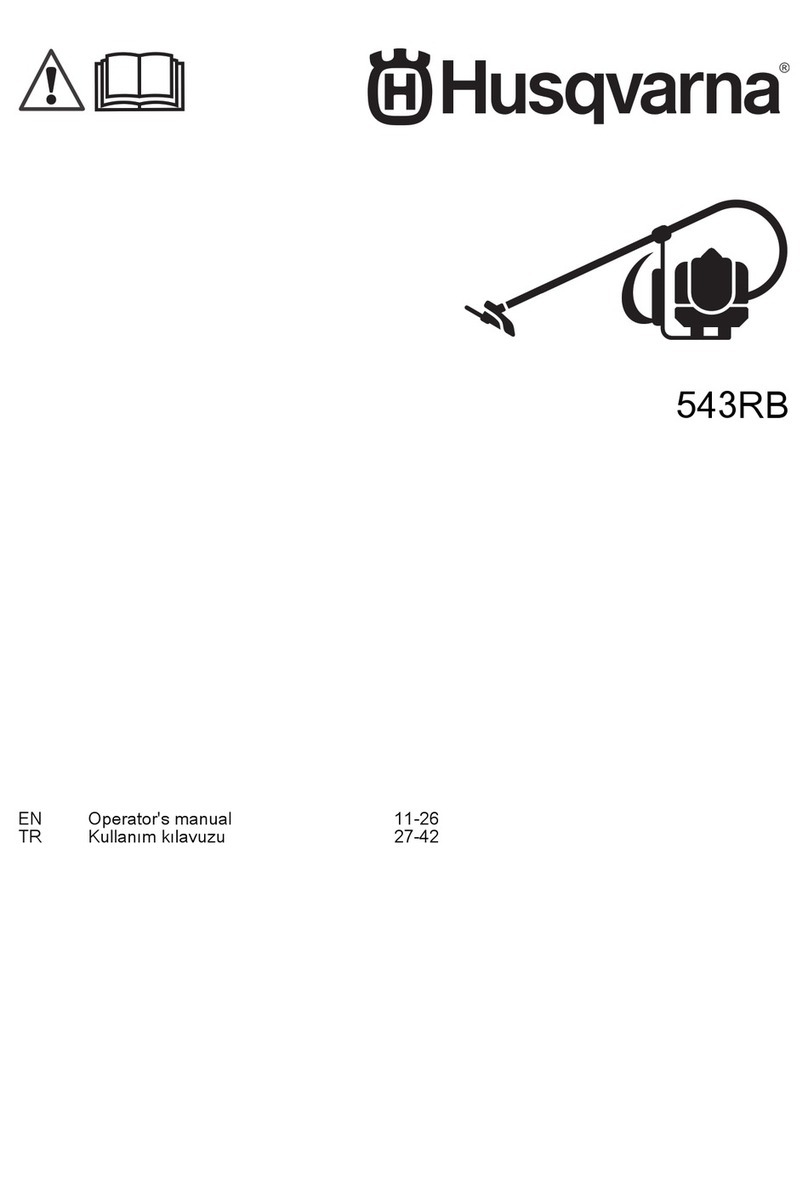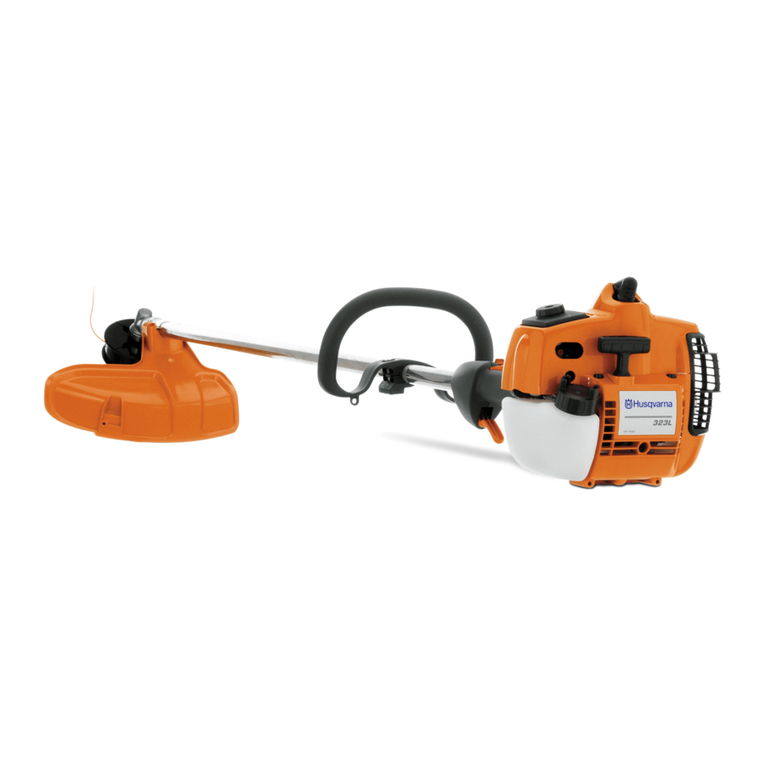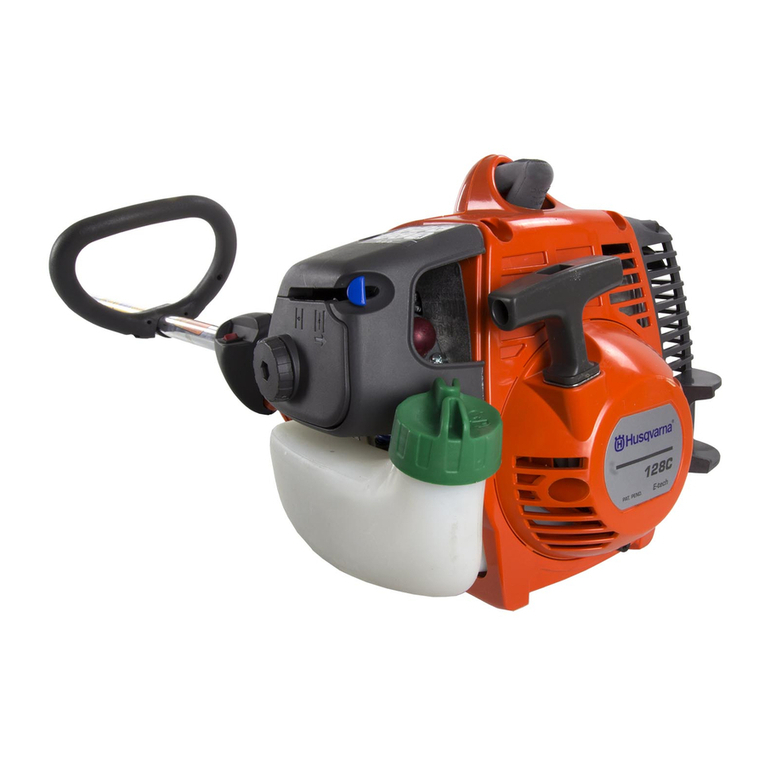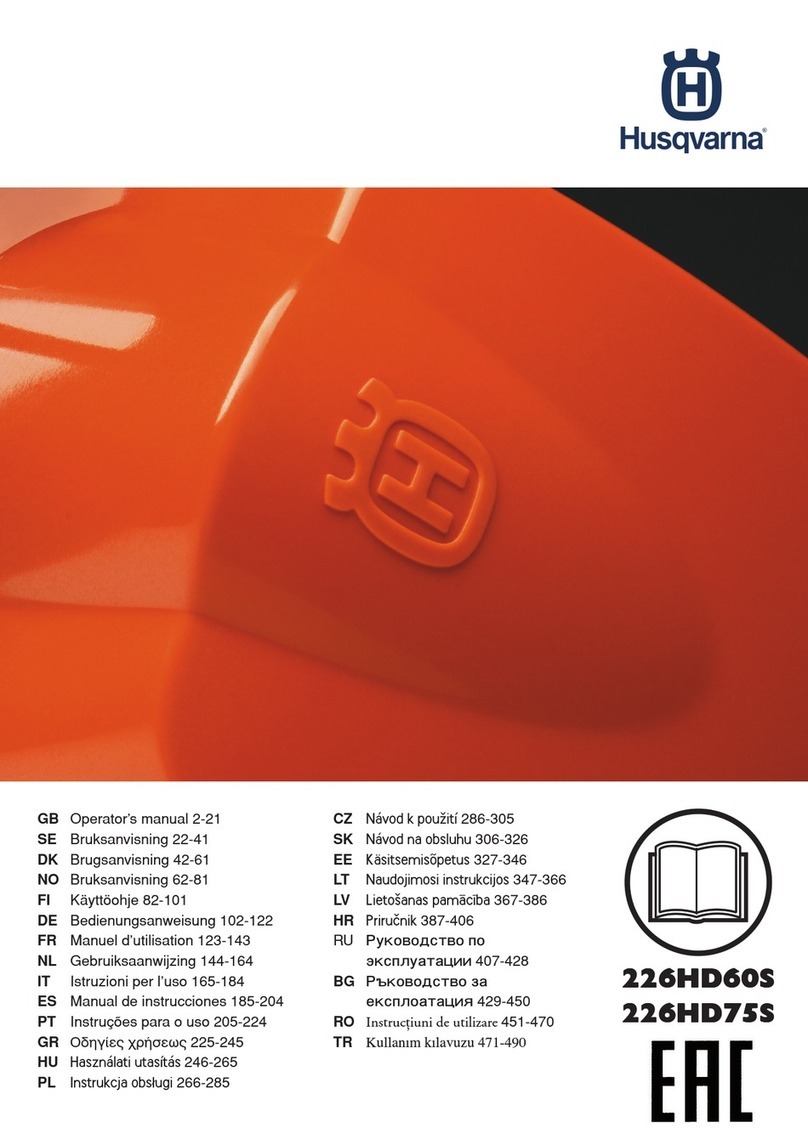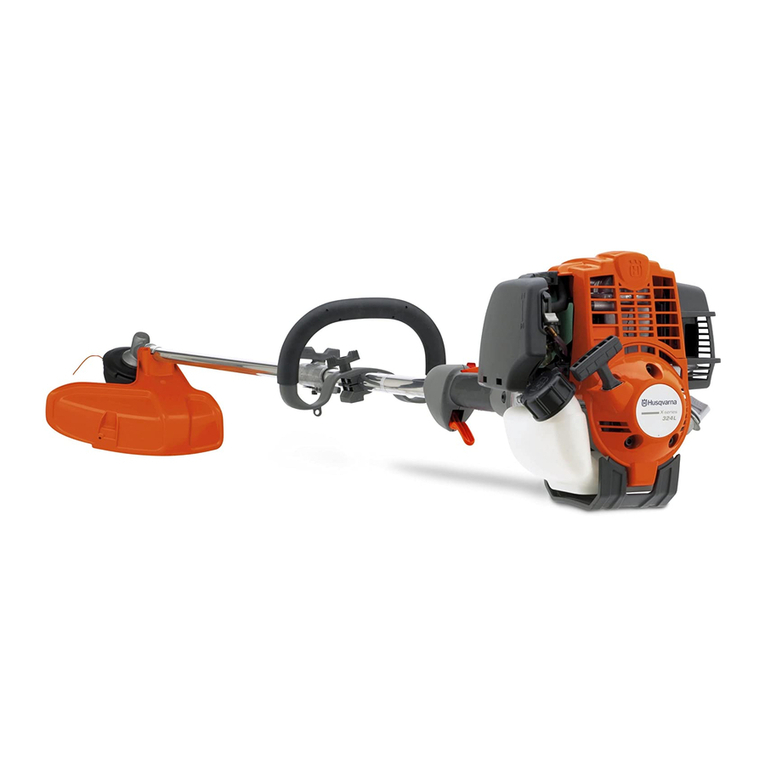
3
SAFETY RULES .........................................................2-3
PRODUCT SPECIFICATIONS....................................... 4
CUSTOMER RESPONSIBILITIES................................. 4
ASSEMBLY.................................................................4-6
OPERATION .............................................................7-11
MAINTENANCE SCHEDULE ...................................... 12
MAINTENANCE......................................................12-15
SERVICE AND ADJUSTMENTS............................16-18
STORAGE...............................................................18-19
TROUBLESHOOTING................................................. 20
TABLE OF CONTENTS
• Never operate machine in wet grass. Always be sure
of your footing: keep a firm hold on the handle; walk,
never run.
• Disengage the drive system, if so equipped, before
starting the engine (motor).
• If the equipment should start to vibrate abnormally,
stop the engine (motor) and check immediately for the
cause. Vibration is generally a warning of trouble.
• Always wear eye protection when operating machine.
• Useextracare whenapproachingblindcorners,shrubs,
trees, or other objects that may obscure vision.
• Whenloading orunloading thismachine, donot exceed
the maximum recommended operation angle of 15°.
• Wear proper Personal Protective Equipment (PPE)
while operating this machine, including (at a minimum)
sturdyfootwear,eyeprotection,andhearingprotection.
Do not mow in shorts or open toed footwear.
Always let someone know you are outside mowing.
III. SLOPE OPERATION
Slopes are a major factor related to slip & fall accidents,
which can result in severe injury. All slopes require extra
caution. If you feel uneasy on a slope, do not mow it.
DO:
• Mow across the face of slopes: never up and down.
Exercise extreme caution when changing direction on
slopes.
• Remove obstacles such as rocks, tree limbs, etc.
• Watchforholes,ruts,bumps orhidden objects. Uneven
terrain could cause a slip and fall accident. Tall grass
can hide obstacles.
DO NOT:
• Do not mow near drop-offs, ditches or embankments.
You could lose your footing or balance.
• Do not mow on wet grass or excessively steep slopes.
Poor footing could cause a slip and fall accident.
IV. SAFE HANDLING OF GASOLINE
To avoid personal injury or property damage, use extreme
carein handlinggasoline. Gasoline isextremelyflammable
and the vapors are explosive.
• Extinguishallcigarettes,cigars,pipesandother sources
of ignition.
• Use only an approved container.
• Never remove gas cap or add fuel with the engine
running.
• Allow engine to cool before refueling.
• Never refuel the machine indoors.
• Never store the machine or fuel container where there
is an open flame, spark or pilot light such as a water
heater or on other appliances.
• Neverfill containersinsideavehicle,on atruck ortrailer
bed with a plastic liner. Always place containers on
the ground away from your vehicle before filling.
• Remove gas-powered equipment from the truck or
trailer and refuel it on the ground. If this is not possible,
then refuel such equipment with a portable container,
rather than from a gasoline dispenser nozzle.
• Keepthenozzle incontactwiththerim ofthe fueltank or
container opening at all times until fueling is complete.
Do not use a nozzle lock-open device.
• Iffuelis spilledonclothing,changeclothingimmediately.
• Never overfill fuel tank. Replace gas cap and tighten
securely.
V. GENERAL SERVICE
• Never run a machine inside a closed area.
• Never make adjustments or repairs with the engine
(motor) running. Disconnect the spark plug wire, and
keep the wire away from the plug to prevent accidental
starting.
• Keep all nuts and bolts tight to be sure the equipment
is in safe working condition.
• Never tamper with safety devices. Check their proper
operation regularly. Never do anything to interfere with
the intended function of a safety device or reduce the
protection provided by a safety device.
• Keep machine free of grass, leaves, or other debris
build-up. Clean oil or fuel spillage. Allow machine to
cool before storing.
• Stop and inspect the equipment if you strike an object.
Repair, if necessary, before restarting.
• Never attempt to make wheel height adjustments while
the engine is running.
• Grass catcher components are subject to wear, dam-
age, and deterioration, which could expose moving
parts or allow objects to be thrown. Frequently check
components and replace with manufacturer’s recom-
mended parts, when necessary.
• Mowerblades aresharp andcancut. Wrapthe blade(s)
or wear gloves, and use extra caution when servicing
them.
• Donotchange theenginegovernorsettingoroverspeed
the engine.
• Maintain or replace safety and instruction labels, as
necessary.



